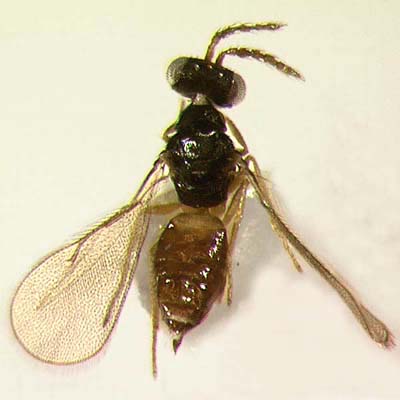 |
|||||||||||||||||||||||||||||||||||||||||||||||||||||||||||||||||||||||||||||||||||||||||||||||
|
|
Home | Open the Key | References | ||||||||||||||||||||||||||||||||||||||||||||||||||||||||||||||||||||||||||||||||||||||||||||
|
Mischotetrastichus
Graham, 1987
|
|||||||||||||||||||||||||||||||||||||||||||||||||||||||||||||||||||||||||||||||||||||||||||||||
|
|||||||||||||||||||||||||||||||||||||||||||||||||||||||||||||||||||||||||||||||||||||||||||||||
Classification
|
|||||||||||||||||||||||||||||||||||||||||||||||||||||||||||||||||||||||||||||||||||||||||||||||
Subfamily Tribe |
Tetrastichini |
||||||||||||||||||||||||||||||||||||||||||||||||||||||||||||||||||||||||||||||||||||||||||||||
Diagnosis
|
|||||||||||||||||||||||||||||||||||||||||||||||||||||||||||||||||||||||||||||||||||||||||||||||
|
|
||||||||||||||||||||||||||||||||||||||||||||||||||||||||||||||||||||||||||||||||||||||||||||||
| |
|||||||||||||||||||||||||||||||||||||||||||||||||||||||||||||||||||||||||||||||||||||||||||||||
Distribution |
|||||||||||||||||||||||||||||||||||||||||||||||||||||||||||||||||||||||||||||||||||||||||||||||
|
Species of this genus were recorded in Holartic and Oriental regions (Noyes, 2001). |
|||||||||||||||||||||||||||||||||||||||||||||||||||||||||||||||||||||||||||||||||||||||||||||||
| |
|||||||||||||||||||||||||||||||||||||||||||||||||||||||||||||||||||||||||||||||||||||||||||||||
Biology |
|||||||||||||||||||||||||||||||||||||||||||||||||||||||||||||||||||||||||||||||||||||||||||||||
|
Mischotetrastichus species are parasitoids of Phyllonorycter spp. (Lepidoptera: Gracillariidae); M. fuscicornis Kamijo & Ikeda was however described as a agromyzid leafminer parasitoid (Graham, 1987; Kamijo & Ikeda, 1997). |
|||||||||||||||||||||||||||||||||||||||||||||||||||||||||||||||||||||||||||||||||||||||||||||||
| |
|||||||||||||||||||||||||||||||||||||||||||||||||||||||||||||||||||||||||||||||||||||||||||||||
| |
|||||||||||||||||||||||||||||||||||||||||||||||||||||||||||||||||||||||||||||||||||||||||||||||
Comments |
|||||||||||||||||||||||||||||||||||||||||||||||||||||||||||||||||||||||||||||||||||||||||||||||
|
Mischotetrastichus belongs to the
subfamily Tetrastichinae, as
it has female funicle 3 and male 4-segmented, notauli complete,
ventral plaque on male scape and postmarginal vein reduced.
This genus was described by Graham (1987) using Tetrastichus petiolatus Erdös (the only species recognised at the time) as type-species. Moreover, Graham, in the same paper, recognised a misidentification of two species of Ceratoneura Ashmead (C. erdoesi Kostjukov and C. alolica Kostjukov), which thus were both synonymised with T. petiolatus. Mischotetrastichus can be confused with Citrostichus Boucek, Oomyzus Rondani, Quadrastichus and Tetrastichus Haliday, as all these tetrastichinae genera have one single seta on submarginal vein. Quadrastichus, Oomyzus and Tetrastichus can be distinguished by not having a distinct and sculptured petiole; Oomyzus also doesn’t have funicular segments longer than broad. Citrostichus, the closest genus to Mischotetrastichus, may be distinguished by having the propodeal spiracles partially covered by callus, foramen situated very low and gaster with a whitish spot placed basally in both sexes (Kamijo & Ikeda, 1997). Keys of this genus are available only for the Japanese species (Kamijo & Ikeda, 1997). |
|||||||||||||||||||||||||||||||||||||||||||||||||||||||||||||||||||||||||||||||||||||||||||||||

